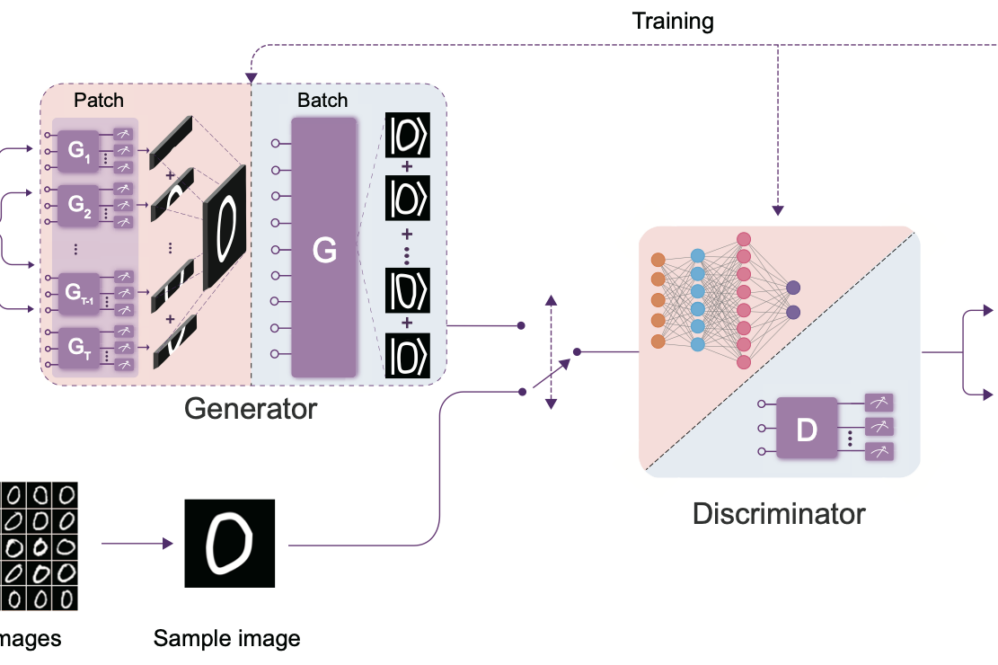Pioneer theoretical works suggest that quantum Generative Adversarial Networks (GANs) may exhibit a potential exponential advantage over classical GANs. However, it remains elusive whether quantum GANs implemented on near-term quantum devices can actually solve real-world learning tasks.
Chinese researchers have devised a flexible quantum GAN scheme to narrow this knowledge gap, which could accomplish image generation with arbitrarily high-dimensional features, and could also take advantage of quantum superposition to train multiple examples in parallel.
For the first time, they experimentally achieved the learning and generation of real-world hand-written digit images on a superconducting quantum processor. Moreover, they utilized a gray-scale bar dataset to exhibit the competitive performance between quantum GANs and the classical GANs based on multilayer perceptron and convolutional neural network architectures, respectively, benchmarked by the Fréchet Distance score.
Their work provides guidance for developing advanced quantum generative models on near-term quantum devices and opens up an avenue for exploring quantum advantages in various GAN-related learning tasks.



